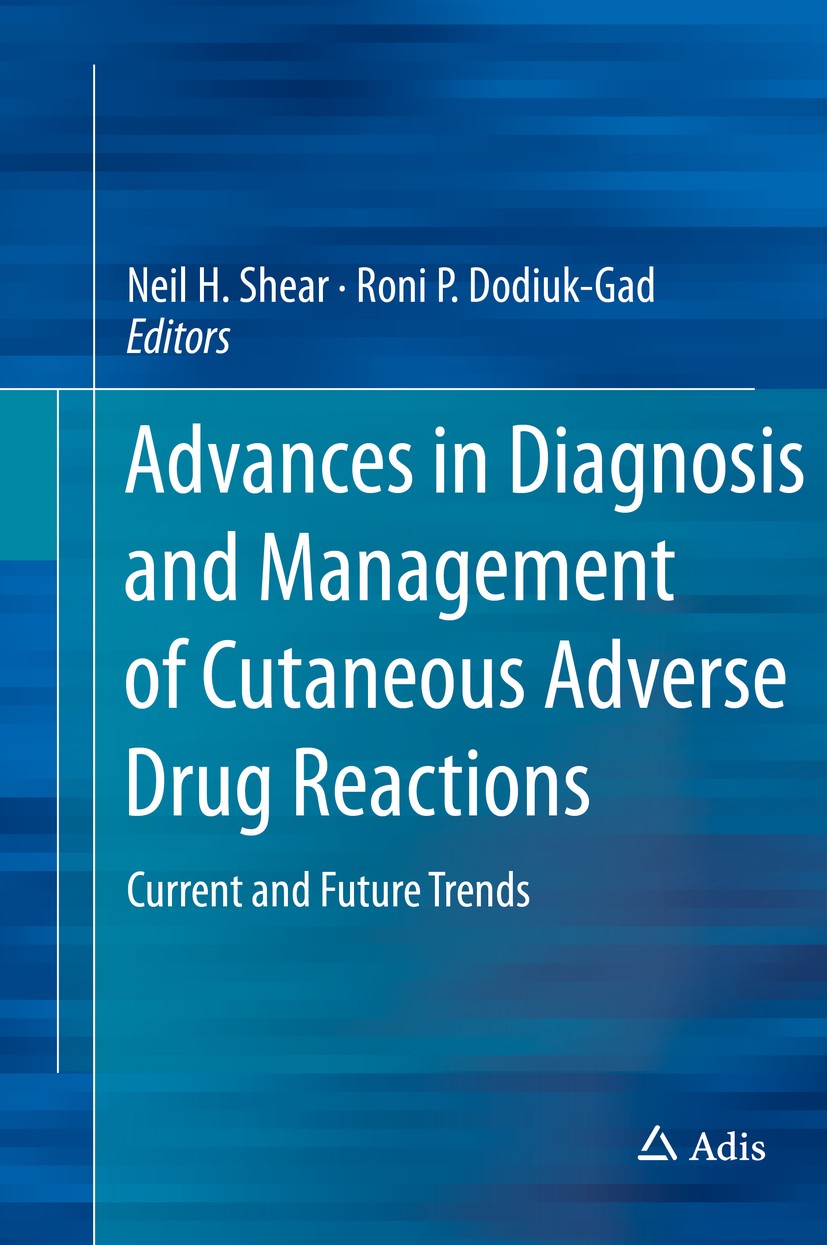| 期刊全称 | Advances in Diagnosis and Management of Cutaneous Adverse Drug Reactions | | 期刊简称 | Current and Future T | | 影响因子2023 | Neil H. Shear,Roni P. Dodiuk-Gad | | 视频video | http://file.papertrans.cn/148/147797/147797.mp4 | | 发行地址 | Clear clinical scenarios help guide the reader to understand the science and treatment of cutaneous drug reactions.Special chapters on the pharmacology, immunology and genetics of cutaneous drug erupt | | 图书封面 |  | | 影响因子 | This resource guides prescribers, pharmacists, and regulators with an update on the recent expansion of basic and clinical knowledge that forms a framework for understanding cutaneous reactions. This understanding will lead, in turn, to better outcomes and decisions in treatment and management, both in the clinic and in the life cycle of drug development..The skin is a common target for adverse drug events and even mild rashes can be part of life-threatening syndromes. Patients and practitioners often face important decisions about therapy after a drug eruption, including treatment, cross-reactivity with future pharmaceuticals, genetic considerations and dealing with long-term sequelae after a reaction. An international team of experts and leaders in the field share their story and insights into the scientific details and relevant clinical context.. | | Pindex | Book 2019 |
The information of publication is updating

|
|
 |Archiver|手机版|小黑屋|
派博传思国际
( 京公网安备110108008328)
GMT+8, 2025-11-17 15:45
|Archiver|手机版|小黑屋|
派博传思国际
( 京公网安备110108008328)
GMT+8, 2025-11-17 15:45


